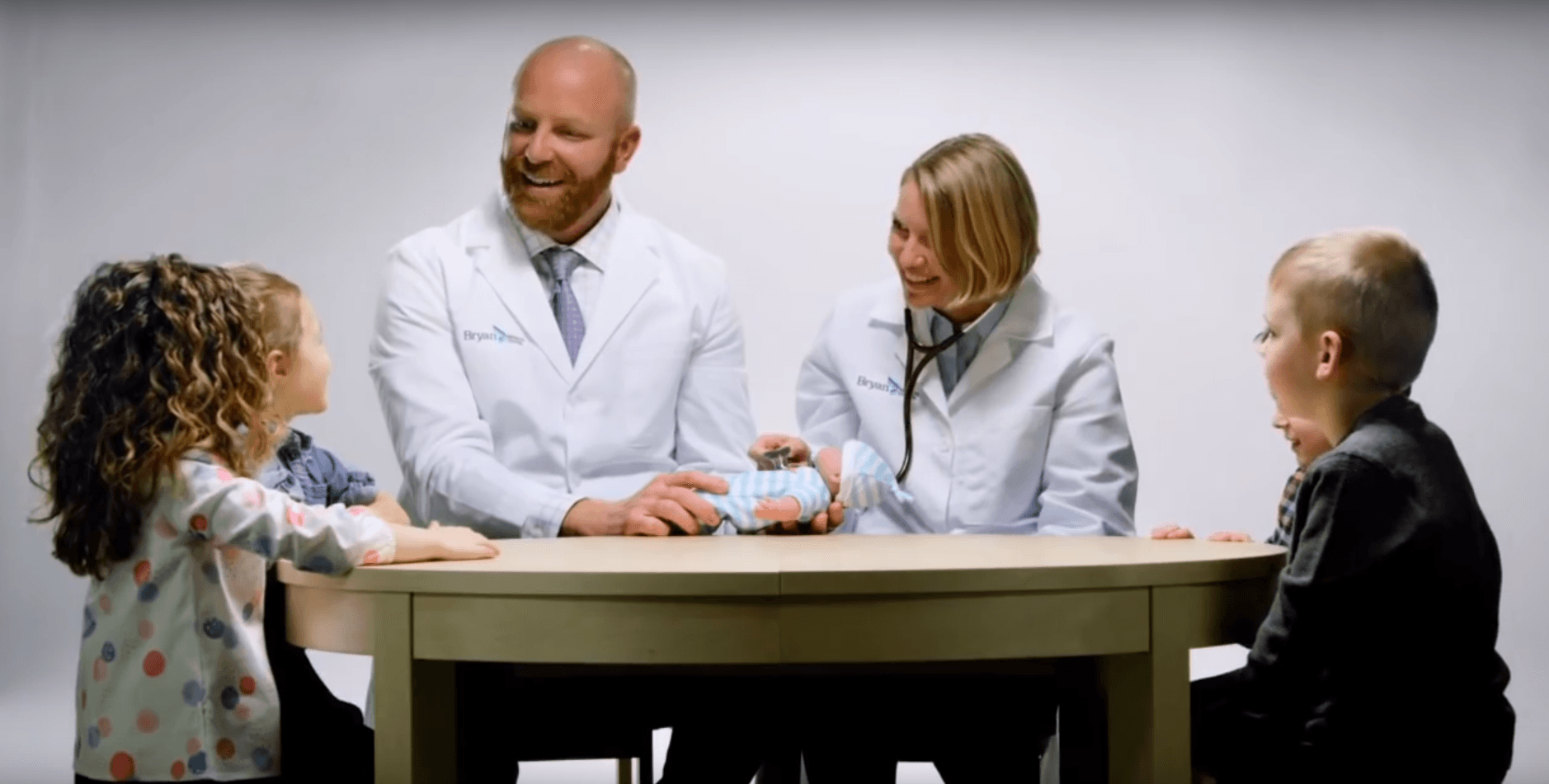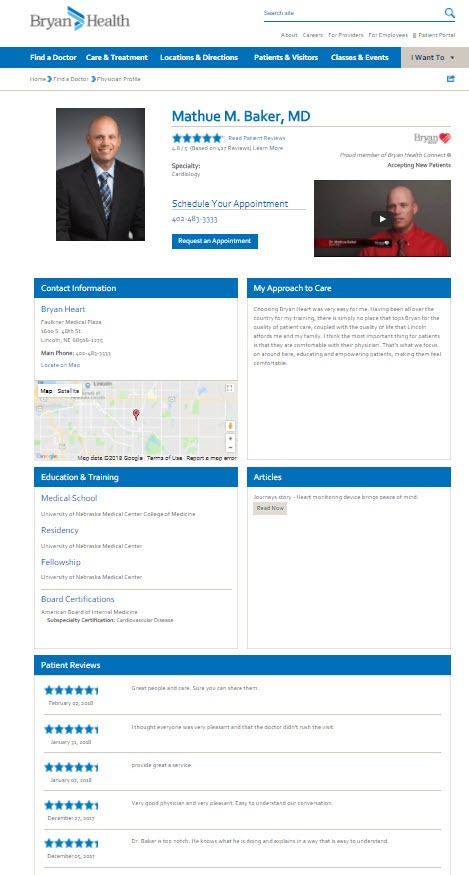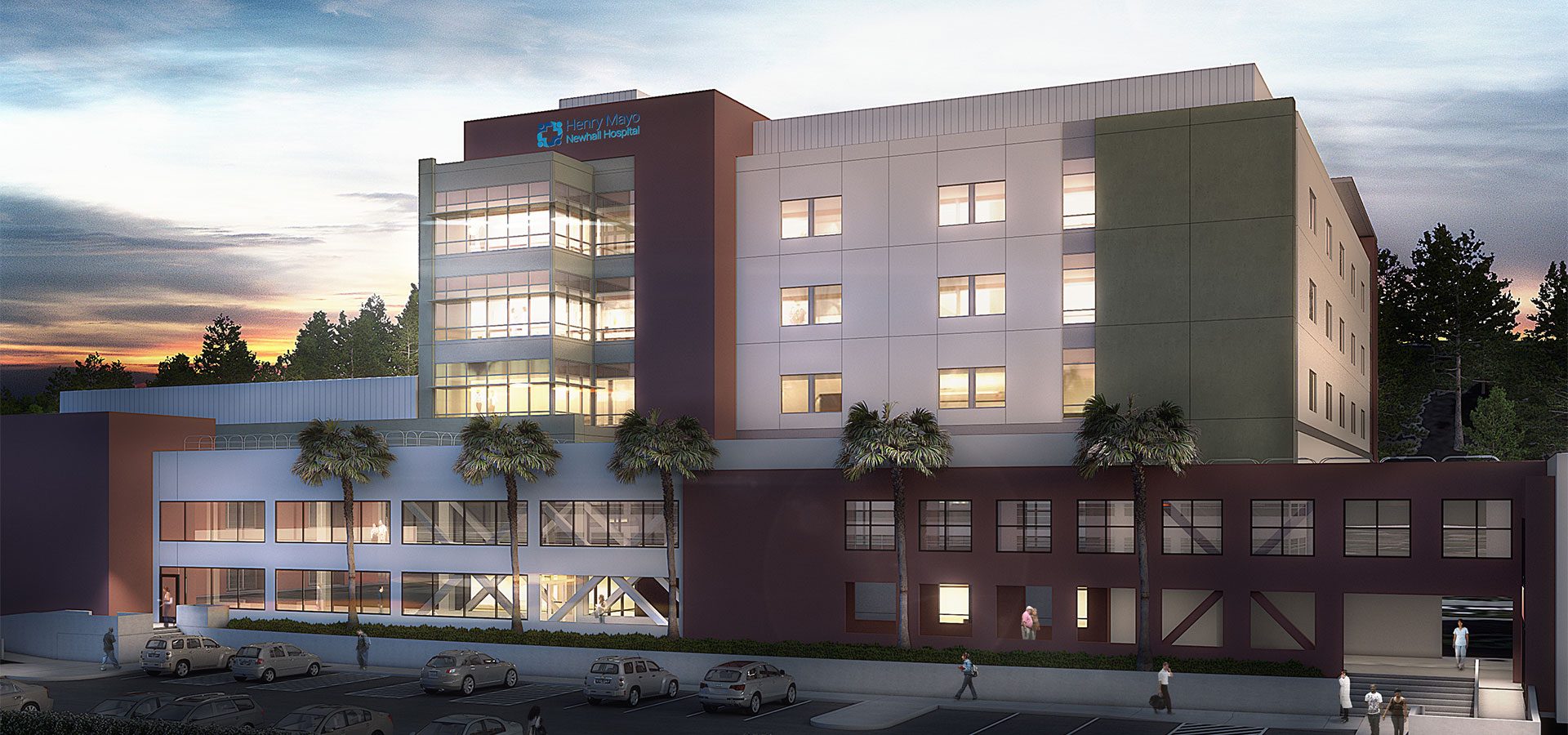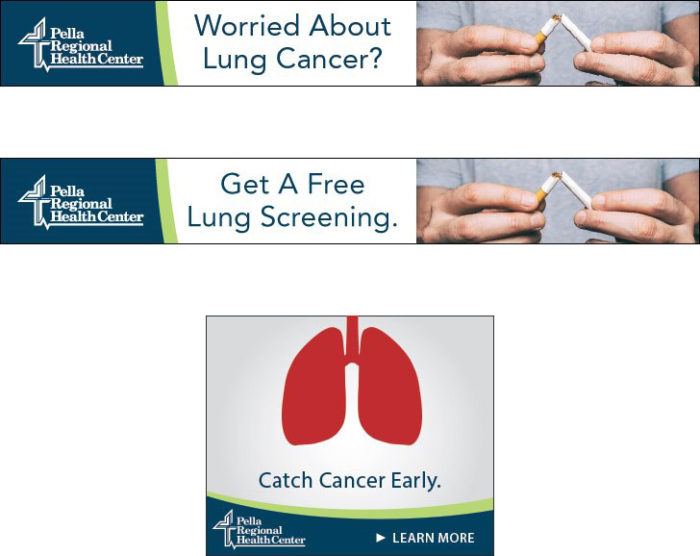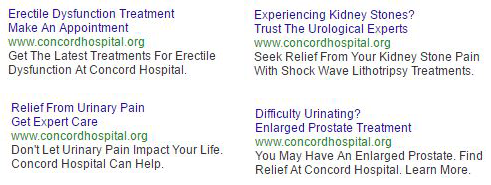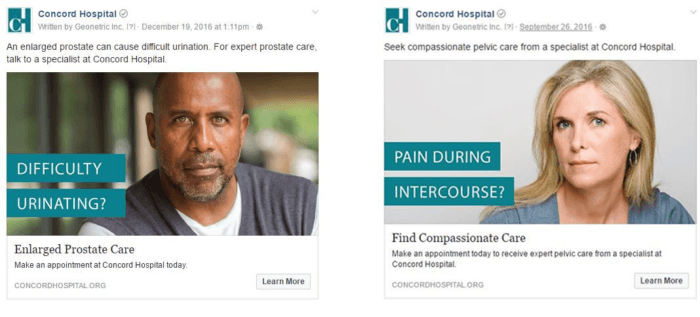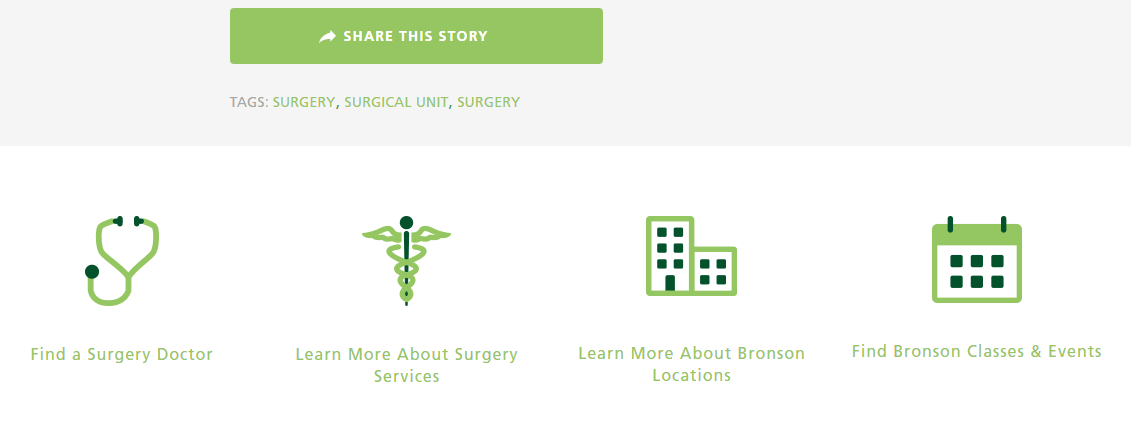An investment in a new content marketing hub met two goals for Cone Health, an integrated not-for-profit health network headquartered in Greensboro, NC. First, the organization knew they needed to find a way to increase engagement with the community beyond the moment they needed care. Second, they wanted to invest more in content marketing and improve their ability to create content once and publish everywhere. Their new content marketing hub, Wellness Matters, makes both goals a reality.
Build on the Right Platform
Before Wellness Matters, Cone Health had been producing content, but without an overarching strategy. Content previously lived on both their main website and on a different blogging platform. By partnering with their digital agency, Geonetric, the Cone Health team decided to move all the content into their main website and into the VitalSite content management system. This helped connect hub content and service line content, and had the potential for increased SEO benefits since high quality, original content would be tied to the conehealth.com domain.
Develop a Thoughtful Content Strategy
VitalSite comes equipped with sophisticated taxonomy structures, and Cone Health worked with the Geonetric content strategy team to develop an advanced strategy to tag content in a way that ensures all items display appropriately.
To develop these tags, our team reviewed their service lines and editorial calendar, comparing that data with Google Analytics traffic. From this research, we recommended adding high-traffic topics such as parenting, diet and exercise, and heart health. With this foundation laid out, visitors can easily search the content hub by keyword, or filter by content type (such as article, infographic, patient story, video, etc.), or sort by topic.
In addition, Geonetric’s experts provided a one-day content marketing training to the Cone Health team, sharing insights on how people consume information online, the value of different types of content formats, tips for generating ideas, and writing best practices.
Engage Site Visitors with Design
The Wellness Matters design is engaging, with card-inspired images that have interactive roll-over effects as a user moves the mouse across the content articles. An eye-catching panel that promotes the all-important call-to-action – asking site visitors to subscribe to Cone Health’s monthly newsletter. VitalSite’s SmartPanels dynamically pull in events from Cone Health’s online calendar and events module, and additional panels display feeds from Facebook and Instagram. All together, the home page brings Cone Health’s different content forms to life.
Articles appear on interior page templates that match the main site and the medical group site, giving Cone Health a place to cross-promote related services. At the end of each article, readers are presented with related topics, services, and the option to read additional content by the same expert.
Get Noticed by Site Visitors and Competition Judges
In just the last six months, the hub has had more than 23,000 unique page views. It’s an important vehicle to connect site visitors to other key areas of the site driving traffic to the newsletter subscription page as well as to events and find a doctor.
In addition, Wellness Matters was recognized for outstanding achievement in the concept, design, and production of a medical website, receiving a Gold in the 2017 MarCom competition sponsored and judged by the Association of Marketing and Communication Professionals.


